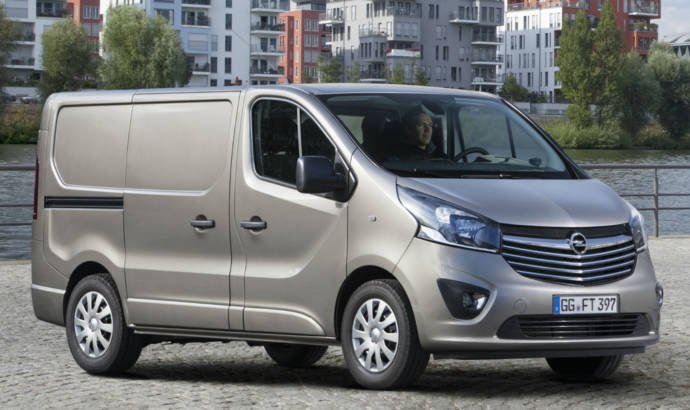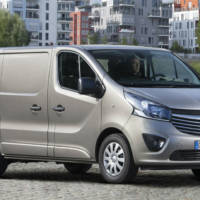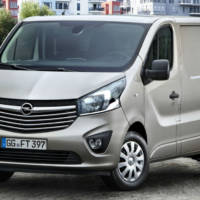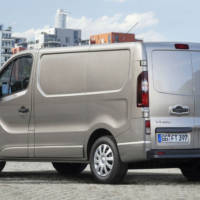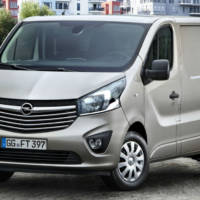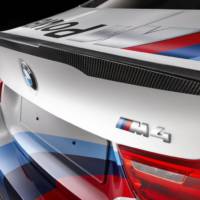Coming to market this summer, the second generation Opel Vivaro brings Opel’s award-winning ‘sculptural artistry meets German precision’ design philosophy to the light commercial vehicle segment for the first time.
With a large, prominent grille, distinctive headlamps and the flowing blade side feature from Opel’s multi-award-winning design language, it includes the characteristic forms of the brand’s passenger car models.
The headlamps are executed in high-gloss black moldings with embedded chrome accents that enhance their jewel-like effect. The daytime running lights come with signature Opel wing graphic design and are available with modern, crisp LED technology.
In all its elegance, with its wide face and clean, practical rear, the Vivaro clearly communicates the robustness that customers demand from the van during its everyday use. Its side design brings sculptural artistry to the van segment, with the signature Opel blade feature flowing from under the side mirrors back to the rear wheel-arches in the same style found on the Insignia family and Astra GTC models.
The new edition continues the successful concept of diverse variants and is available in various configurations in two overall lengths and two heights as a panel van, Combi, crew van and bus. In fact, the new Vivaro is now even more suitable for transport needs than its predecessor, because in both lengths – the first version is around five meters long, the second adds 40 centimeters to that – it is nearly 22 centimeters longer, providing extra space that is also noticeable in the interior and that enables new transportation functionalities not possible before.
It comes with all-new turbo diesel engines: a 1.6 CDTI as well as an advanced 1.6 BiTurbo CDTI with sequential turbocharging and a twin-cooler system. Powered by two turbochargers working together, this engine combines excellent performance with high fuel economy. Combined cycle fuel consumption with the new turbo diesel units is reduced by over one liter, and with the BiTurbo to even below 6.0 liters per 100 km (preliminary data).
The primary source for the all-new Opel Vivaro’s diverse range is the Luton plant in the United Kingdom. Different versions of Opel/Vauxhall’s LCV bestseller, developed together with Renault, have been rolling off the assembly line there since 2001.

